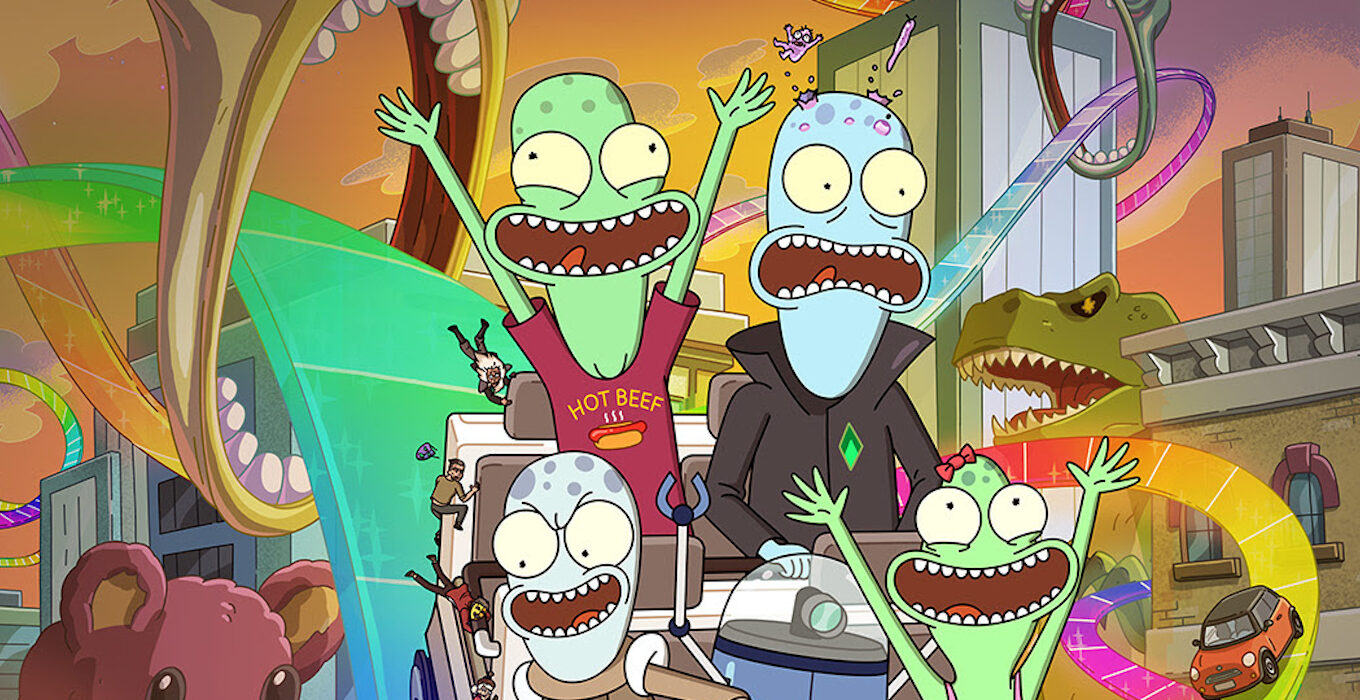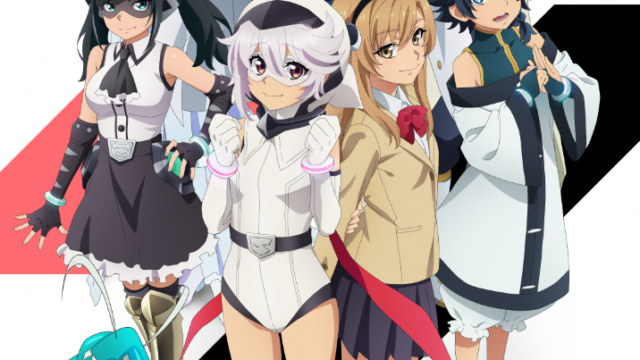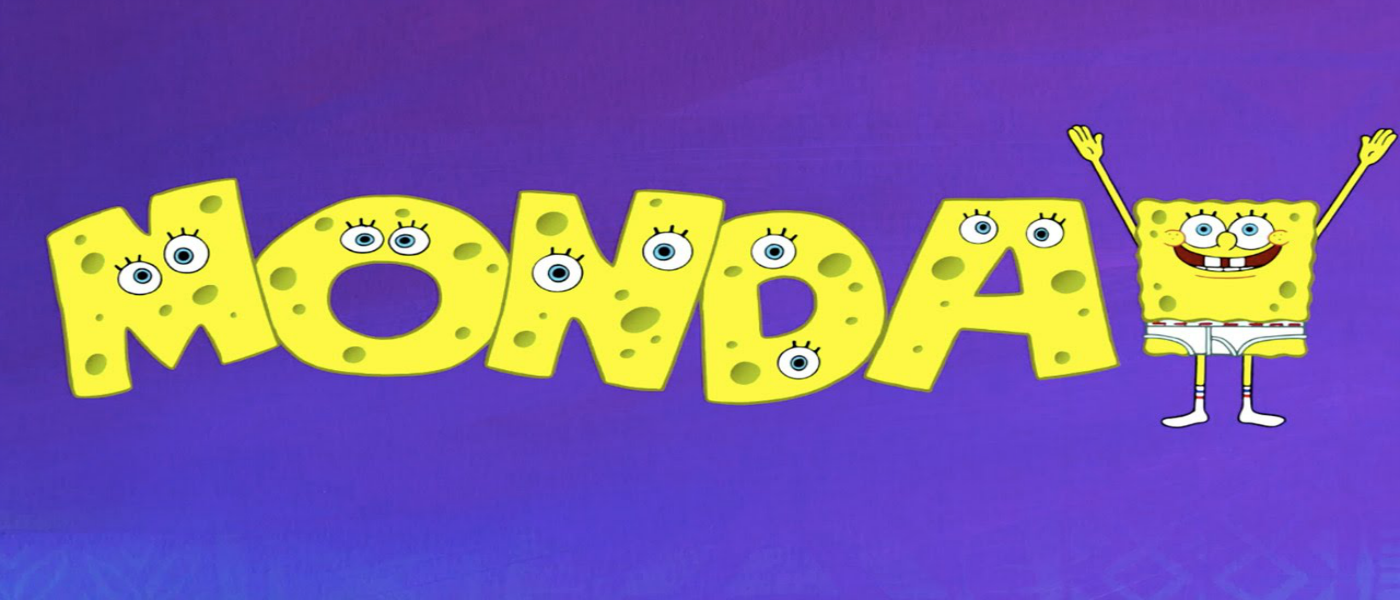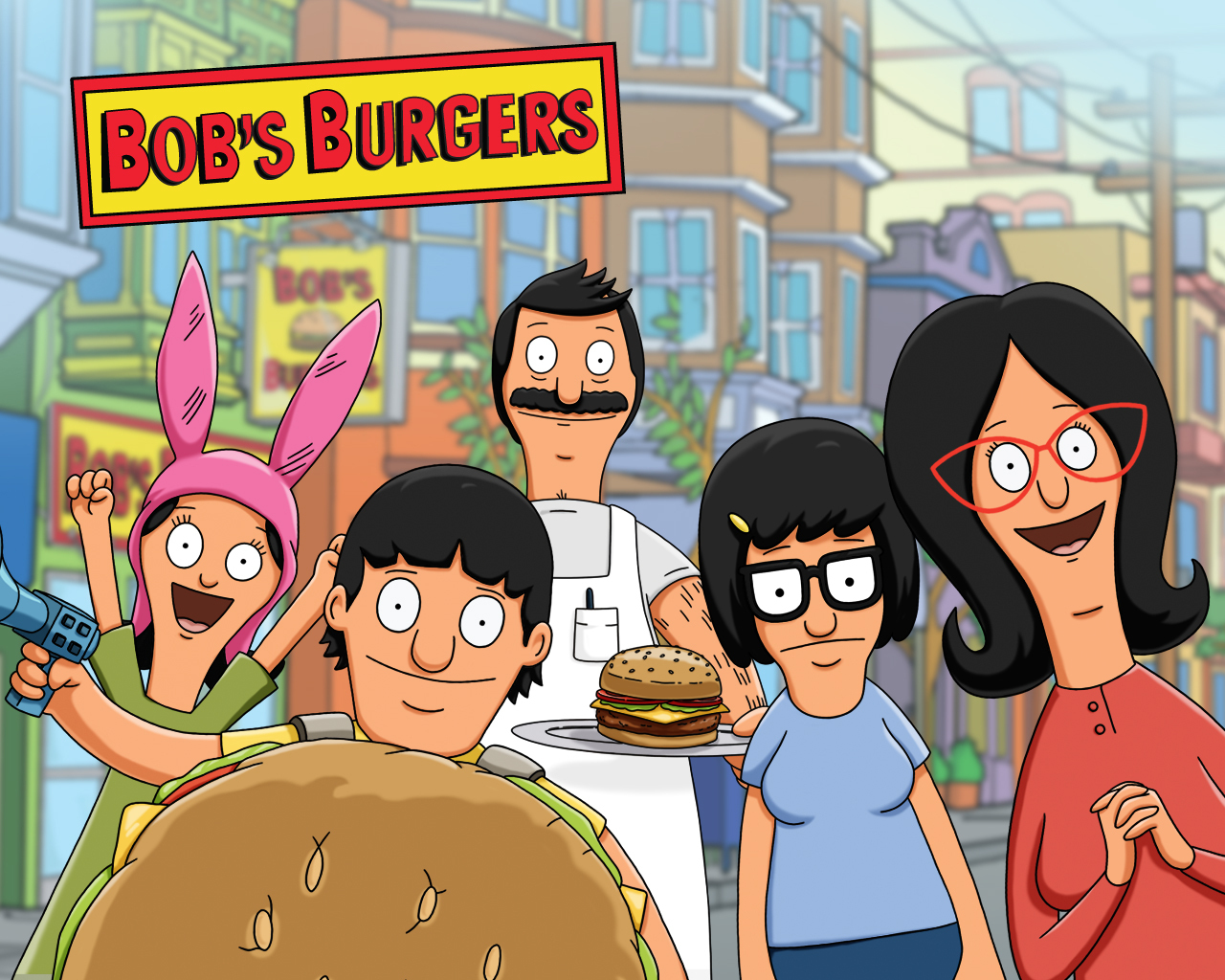Season Review: Solar Opposites Season Five
Overview:
Greetings and pleasant rotations, y’all! Solar Opposites is back and everything is totally utterly swizzle! The Solar family feels like they’ve finally gotten the hang of life on Earth, only to be exposed to a new litany of new customs and crises that push them out of their Shlorpian comfort zones. Honeymoons, private schools, ex-boyfriends, and a Mushroom Kingdom intervention are just the tip of the iceberg this season, which is rich in Solar Opposites’ signature brand of madcap science fiction mischief.
The Solars continue to grow closer as a family and learn the true power of togetherness, all while the Wall-ians enter a brave new world and Dodge “Glen” Charger’s crusade to take down the SilverCops intensifies!
Our Take:
Solar Opposites, right from its start, has been interested in surprisingly deep questions that get to the core of “normalcy.” The Solars strive to not just be normal, but to thrive in these conditions. The series’ humor comes from many places, but the defining tenet to Solar Opposites is that Earth’s seemingly simple ways are actually remarkably odd and irregular to an alien lifestyle. Solar Opposites’ fourth season concluded with these Shlorpians finally mastering how to live on Earth and act human to the point that they actually turned into humans. Season five begins with what’s teased as a soft reset with the Solars on a new planet, Clervix 3, where they’re once again fishes out of water, but now because they’ve become so intrinsically Earthlings. It’s a clever way to relitigate these characters and poke fun at Solar Opposites’ central premise.
Clervix 3 is a planet that celebrates simplicity, not being “extra” or creatively straying outside the lines. It’s absolutely no coincidence that a malevolent monster who has a very Zaslav-but-not name uses an algorithm-esque power that forces society to praise an uncomplicated and derivative lifestyle. The Solars rise above this mandated bland routine and Solar Opposites beautifully reiterates that the Solars, regardless of the planet that they’re on, are impossibly extra and that’s what this season celebrates. It’s another beautiful season of sci-fi shenanigans and genre-bending bliss that make it so nice to have Solar Opposites back in orbit.
Hot off of Korvo and Terry’s marriage, this season gives the head Shlorpians some excellent newlywed plots. There’s a lot of fun that comes out of their honeymoon and how they tackle married life. This relationship helps Solar Opposites indulge even more in family-centric storytelling and the unique level of sitcom silliness that’s only possible with a family. Korvo and Terry’s relationship uniquely evolves and the Solars continue to grow as a family, but also as individuals. Solar Opposites’ fifth season does effective work when it comes to independently developing each character and featuring episodes where everyone individually shines. Yumyulack and Jesse, in particular, blossom when they’re given their own obstacles to overcome. It’s a very well-balanced season that celebrates the entire cast’s worth and how there’s no weak link in the group. Solar Opposites’ confidence continues to grow and it’s a series that actively addresses its flaws and turns them into strengths, rather than avoiding them and pretending that they don’t exist.
One of the season’s grander themes – which isn’t exclusive to season five – is the Solars’ ability to learn that actions have consequences, some of which can’t just be sci-fi’d into submission (although some of which can). Family – and marriage – means taking the good and the bad, warts and all, and truly accepting someone as they are. Solar Opposites continues to beautifully subvert standard sitcom tropes with radical science fiction deviations. Prometheus, Edge of Tomorrow, and Universal Soldier meets Village of the Damned are just some of the pop culture touchstones that fuel this season’s episodes. There’s also an episode, “The Sci-Fi Rollerblades,” that explores Korvo’s rivalry with a neighbor that basically turns into an extended Wile E. Coyote vs. Road Runner riff, complete with a more heightened animation style, pantomime mannerisms, and minimalist dialogue. It’s absolutely glorious. This animated comedy continues to take ordinary, small-stakes stories and impossibly mutate them into the most ridiculous and heightened scenarios.
Solar Opposites continues to excel in this department and there are some truly unhinged plotlines that play out this season that have even wilder complications and resolutions. Part of the fun in Solar Opposites is just marveling over the absurdist ideas that naturally stem out of everyday minutiae. Every episode successfully pulls a space rabbit out of its hat. Solar Opposites remains a series that’s impossible to get ahead of, even after more than 50 episodes that perfectly establish these characters and the ludicrous ways in which they solve problems. It’s as if the show’s writers have used a Mystification & Unpredictability Ray on every script.
Solar Opposites has also established enough of a history across its first four seasons that there are episodes and storylines that lean into the show’s lore and take advantage of the universe and relationships that it’s built. This season contains some extremely satisfying callbacks, all of which feel like natural extensions to the stories that are being told, rather than hollow fanservice. Alternatively, Solar Opposites’ fifth season also adds JK-7, an R2D2-coded family pet who proves to be harmless enough. The series effectively pokes fun at its clunky introduction, but also finds a way for JK-7 to become a more vital storytelling tool. Most of the droid’s stories are connected to the Pupa and it’s satisfying for the Solars’ youngest family member to have someone new to bounce off of when everyone else is occupied. This relationship begins as a feisty rivalry, which could have easily been stretched out across the entire season. Solar Opposites instead allows for the Pupa and JK-7’s dynamic to mature over time and there’s some really sweet material that comes out of their relationship.
The Solars themselves have never been better, but Solar Opposites continues to go all-in on its Wall and SilverCops silliness as it further fleshes out its ever-growing, self-sustaining connected universe. These “spin-offs” remain Solar Opposites’ secret weapon and it’s genuinely incredible to see how far these ideas have come. It also doesn’t hurt that these side-story soap operas feature absolutely stacked voice casts, which includes the likes of Clancy Brown, Charlotte Nicdao, and Alfred Molina. These divergent stories are less obtrusive than they’ve been in Solar Opposites’ previous seasons. They each basically get two full episodes that are devoted to their madness, which is exactly enough material for these storylines to propel forward without stealing too much focus from the main series (although putting some of these episodes back-to-back isn’t the best decision).
Ironically enough, many audiences thought Solar Opposites’ ongoing Wall storyline was the best part of its first and second seasons and wouldn’t take exception to a season that’s dominated by it. The reduction of Wall storytelling – which has now broadened to the Solars’ backyard and acquired a western twang – may leave some fans frustrated. However, it still feels like the right structural move for the series. Solar Opposites has more opportunities to discover radical new tangents that can be expanded upon, all while it retains the freedom to develop its existing customs without running them into the ground. Bring on the Scourge War!
Solar Opposites’ fifth season is rich in hilarious, unpredictable, and challenging storytelling. There are non-stop laughs that feel like vintage Solar Opposites and one of the series’ best episodes – “The What If?! Device” – is from this batch of episodes. It’s an elegant deconstruction of the non-canonical anthology episodes that series like Futurama, The Simpsons, and Family Guy gleefully indulge in, but with a genuinely impactful emotional core that zigs when you expect it to zag. It’s exciting and satisfying that Solar Opposites has already been renewed for a sixth season and fans don’t have to wait in limbo over the series’ potential return. That being said, Solar Opposites is finally beginning to show its age and start to face redundancy and growing pains. To be clear, this is still a minimal concern. It’s the difference between an A and a B+, but it’s important behavior to be aware of so that Solar Opposites doesn’t coast and become complacent.
This is exactly the period in a series’ life where writers and the creative team can begin to change and cycle out as they head to new projects or headline their own series. Solar Opposites doesn’t phone it in, but it will have to start working harder to buck expectations and push its sci-fi parodies and meta commentary on the medium to new places so it doesn’t just feel like more of the same. Solar Opposites still always opts for “extra” rather than simple, but throw enough “extra” at the audience and it begins to feel basic and it becomes even harder to excite fans and leave them engaged. I have no doubt that Solar Opposites will rise to the occasion and it’s still leagues above Hulu’s Futurama continuation. Terry and Korvo may have officially exited their honeymoon phase, but Solar Opposites hasn’t.
Here’s hoping October’s Halloween special has the Cryptkeeper back in the mix!
Season five of ‘Solar Opposites’ is now available to stream on Hulu

























Just cancel this bird already. The chicken is beyond cooked. It's burnt to a crisp.